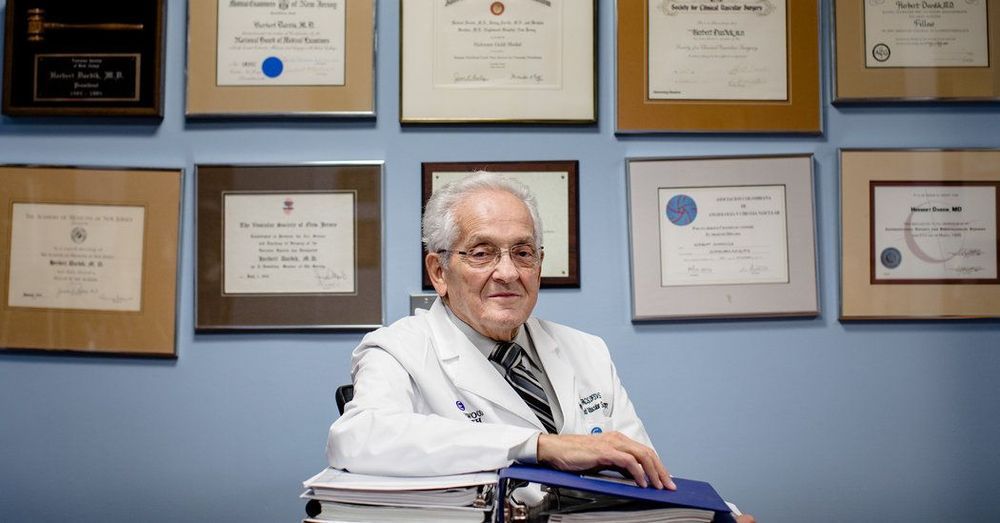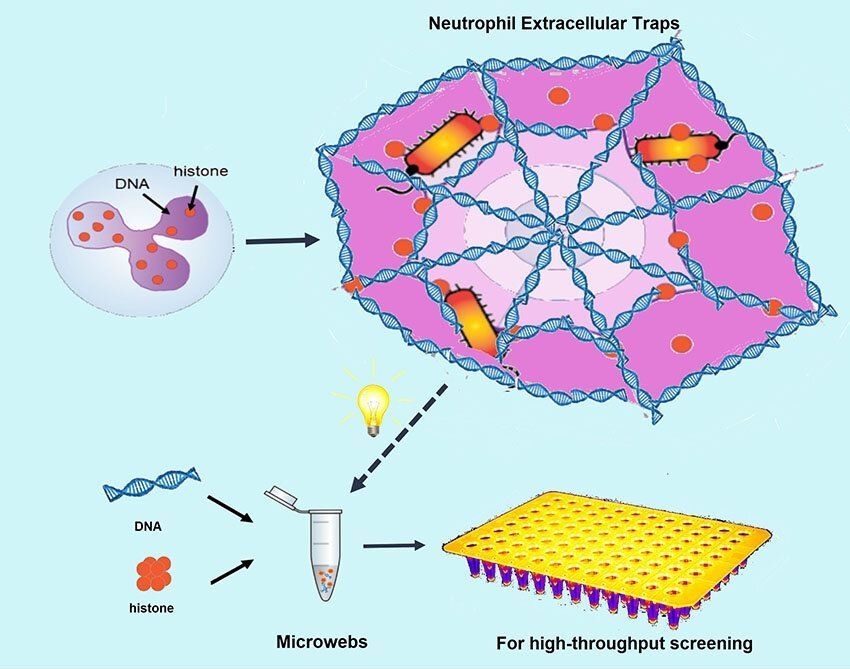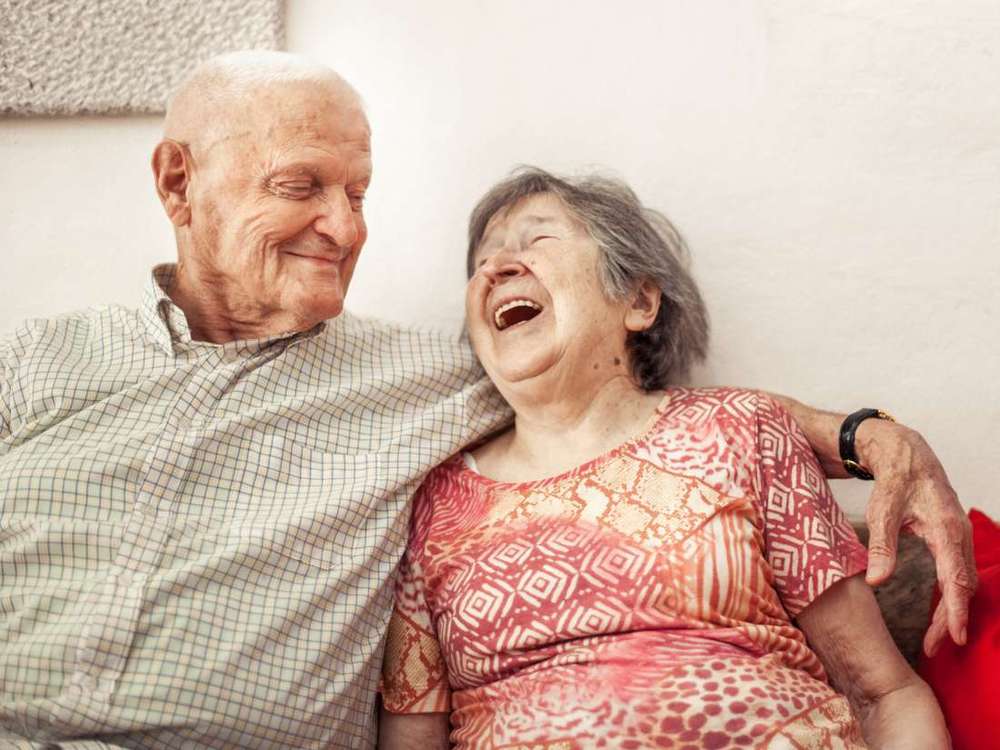A handful of hospitals have instituted mandatory screening procedures for medical professionals over 70. Many have been unenthusiastic about the idea.



Dr. Rico explained: “When we compare human genomes from different people, we see that they are way more different than we initially expected when the Human Genome Project was declared to be ”completed” in 2003. One of the main contributions to these differences are the so called Copy Number Variable (CNV) regions. CNV regions are in different copy number depending on each individual, and their variability can be greater in some human populations than others. The number of copies of CNV regions can contribute to both normal phenotypic variability in the populations and susceptibility to certain diseases.
Research has shown a direct relationship between mutations in introns and variability in human populations.
One of the greatest challenges of genomics is to reveal what role the ”dark side” of the human genome plays: those regions where it has not yet been possible to find specific functions. The role that introns play within that immense part of the genome is especially mysterious. The introns, which represent almost half the size of the human genome, are constitutive parts of genes that alternate with regions that code for proteins, called exons.
Research published in PLOS Genetics, led by Alfonso Valencia, ICREA, director of the Life Sciences department of the Barcelona Supercomputing Center-National Supercomputing Center (BSC) and Dr. Daniel Rico of the Institute of Cellular Medicine, Newcastle University has analysed how introns are affected by copy number variants (CNV). CNVs are genomic variants that result in the presence (even in multiple copies) or absence of regions of the genome in different individuals.



Smart building materials are altering the fabric of the housebuilding industry. Housebuilders are already looking ahead to the days when homes will fix themselves, serve their residents and tell us how we can build them better.
SMART CONCRETE
While housebuilders gaze into the future, researchers have been turning to the past for inspiration. Over the last few years, the DNA of concrete has been decoded and rewritten by scientists to make the material that built the Roman Empire fit for the future.


Experiencing a bacterial infection? You’re generally prescribed antibiotics by your doctor. But how exactly do those antibiotics and your white blood cells work in tandem to improve your infection?
“The human body’s first line of defense against bacteria are certain white blood cells called neutrophils,” says J. Scott VanEpps, M.D., Ph.D., assistant professor of emergency medicine at Michigan Medicine. “One of their weapons are neutrophil extracellular traps, also called NETs.”
The traps are microscopic networks of fibers made primarily of DNA that are produced by the neutrophils to capture bacteria. But how exactly they work, VanEpps notes, is still unclear.

As your body ages, increasing amounts of your cells enter into a state of senescence. Senescent cells do not divide or support the tissues of which they are part; instead, they emit a range of potentially harmful chemical signals that encourage nearby cells to enter the same senescent state.
Their presence causes many problems: they degrade tissue function, increase levels of chronic inflammation, and can even eventually raise the risk of cancer. Today, we will talk about what senescent cells are, how they contribute to age-related diseases, and, perhaps most importantly, what science is hoping to do about the problem.